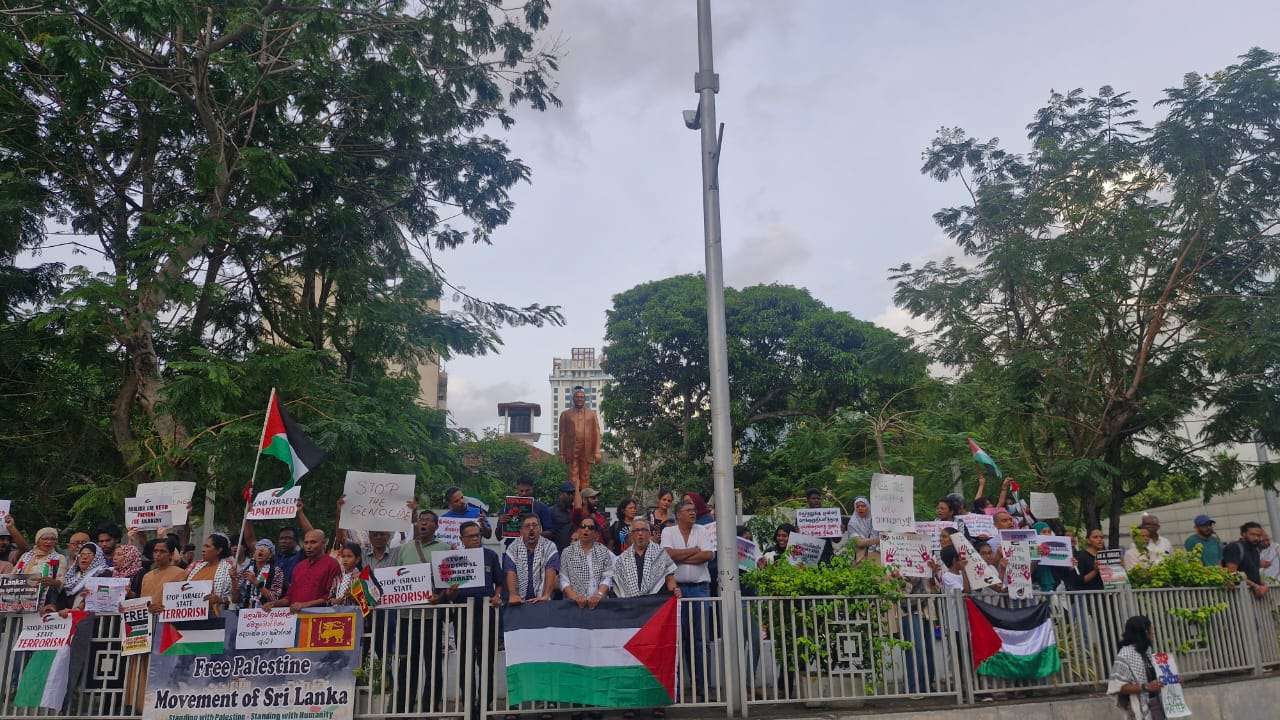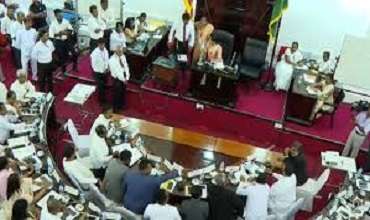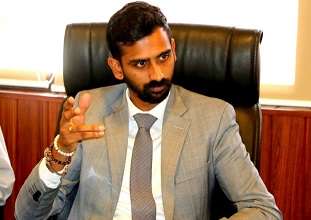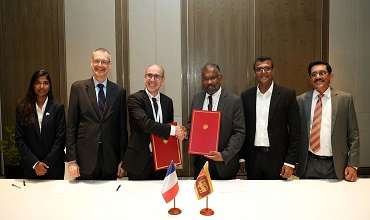Pope Francis has received a controversial gift from the Bolivian President
REUTERS The Vatican acknowledged it was taken by surprise to discover that a wooden hammer and sickle sculpture with a figure of a crucified Christ gifted to the Pope in Bolivia was not commissioned by leftist president Evo Morales but designed by a priest killed in 1980.
The blending of the symbol of communism, under which many Christians were persecuted in the former Soviet bloc and still are in some communist countries, provoked outrage among Catholic officials.
Pope Francis looked bemused when Morales, at a meeting on Wednesday night, handed him the unusual gift, a replica of the priest's sculpture. The Argentine-born pontiff is on the second stop of his tour of three of the poorest South American countries.
The general interpretation was that Morales had commissioned the design of the wooden sculpture.
"The culmination of arrogance is to manipulate God for the service of atheist ideologies," wrote Spanish bishop Jose Ignacio Munilla on Twitter, posting a photo of Francis receiving the gift.
Other Church officials and some Bolivian opposition politicians accused Morales, the country's first indigenous leader, of using the occasion to push his anti-Western views and provoke the pope.
But as the controversy flared on Wednesday night, Bolivian reporters said they recalled that the original author of the sculpture was Jesuit Father Luis Espinal Camps, a strong supporter of the rights of miners who was killed by a right-wing paramilitary squad 35 years ago.
Shortly after his arrival in La Paz, Francis stopped to pray at the site where the priest's body was dumped along a road.
"It's true. This is something Espinal did. The pope didn't know about it. I did not know about it. A lot of people didn't know about it," Vatican spokesman Father Federico Lombardi said at an unscheduled briefing on Thursday.
Lombardi, a Jesuit himself as is the pope, said Francis had not "expressed any judgment" on the sculpture, the original of which was made in a period when many Catholic priests were involved in Liberation Theology movements in defense of the poor.
Juan Ramon Quintana, Morales' chief of staff, confirmed on Thursday that the sculpture was a replica of a design carved by Espinal. The president gave it to Francis because it shows the Church is compatible with the communist fight for the rights of the poor and workers, he said.
Lombardi said Bolivian Jesuits had told him the sculpture was "not a Marxist interpretation of religion but an opening to dialogue with others who were looking for justice and liberation."
"I don't think I would put this symbol on an altar in a church however," Lombardi said.
One irony of the situation was that Francis' fellow countryman, the revolutionary Ernesto "Che" Guevara, was executed by CIA-backed Bolivian troops in Bolivia in 1967.
The late Pope John Paul took a dim view of Liberation Theology, saying it was influenced by the Marxist concept of the class struggle.
During his 27-year pontificate, which ended with his death in 2005, the Vatican disciplined a number of prominent Liberation Theologians, including Brazil's Leonardo Boff.
Under Francis, Latin America's first pope, they have been somewhat rehabilitated.
Morales' strained relations with the Catholic Church have begun thawing under Francis, and he warmly embraced the pope seven years after denouncing the Church as "an instrument of domination".
[caption id="attachment_78864" align="alignnone" width="644"] Pope Francis receives a gift from Bolivian President Evo Morales (L) in La Paz, Bolivia, July 8, 2015. REUTERS/Osservatore Romano[/caption]
Pope Francis receives a gift from Bolivian President Evo Morales (L) in La Paz, Bolivia, July 8, 2015. REUTERS/Osservatore Romano[/caption]
-
Still No Comments Posted.














Leave Comments